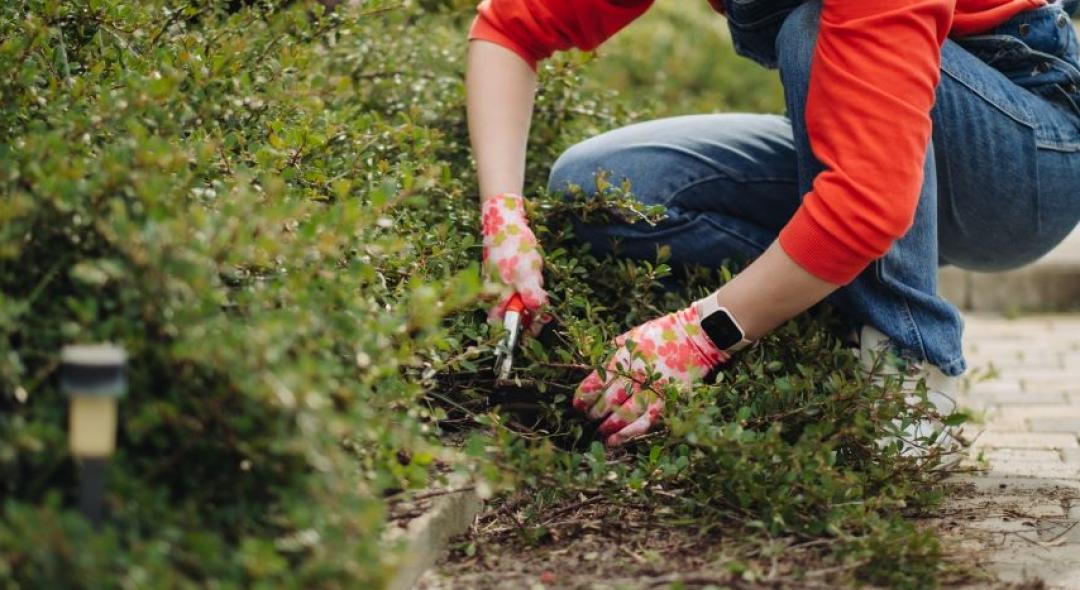Starting a compost at home is one of the most rewarding gardening activities. It has become more and more popular with the increasing concern about going green. Composting is a great way of giving back to nature, reduce the quantity of disposed waste, and on top of that, you’ll be growing the healthiest garden you can get, with the delicious organic food you’ll have as well as flowers and other plants that bring life to your yard. The process is easy and low-maintenance, practically a foolproof manner that includes a huge list of substances you can use, without spending extra money. Work for sustainability while improving your own home with this simple guide on compost for beginners that will make you excited about getting your hands dirty!

How Compost Works
When organic matter like leaves, food scraps, lawn clippings, breaks down, they create carbon dioxide (CO2) and heat. Compost piles can rise up to 100 to 140 degrees Fahrenheit. Insects and other insects digest the matter, improving the compost. It’s a way of taking waste you’d otherwise contribute for pollution, but turning it into nutrient soil.
Starting your First Compost Pile
Pick up the material you want to use, like leaves from your yard, twigs, and other substances from the list below. Coffee grounds, egg shells, tea bags, leftover vegetables are among the most common used. Avoid using dairy and meat, since they attract the types of bugs you wouldn’t want. But keep in mind that insects and bugs will enrich the soil and make it more fertile, so accept them as helping friends with your compost.
Once you have the pile of ingredients, usually using a bin, add a scoop of compost or potting soil for a great kickstart. Adding a nitrogen supplement, like manure, helps producing better results. Hose it with water and mix it all up with a shovel or other garden tools to break it all down. Water again until soaked. Turn the pile every few weeks and keep it wet. It should be ready to use in just six weeks. Use it for your garden and watch your plants grow strong and healthy.

Do’s and Don’ts
Compost:
- apple peels
- banana peels
- celery roots
- potato peels
- wilted greens
- coffee grounds, filters
- tea bags
- egg shells
- fruits (avoid citrus)
- vegetables
- grass clippings, leaves, plants
- sawdust
- hay, straw
- ashes
- shredded paper
- cotton balls
- used tissues and paper towels
- wine corks
- content of vacuum bags
- pet hair
- hair
- bamboo skewers
- dryer lint
Don’t Compost
- bones and meat
- dairy products
- cooking oils
- pet waste
- grass treated with pesticide
- diseased plants and flowers
- seedy weeds
Keeping Compost Piles Safe
What you put on your garden can end up in the compost pile in a way or another. Careful with pesticides on the lawn, because even if leaves are great for composting, don’t use when they have any kind of strong chemicals. If you’re accepting grass clippings from neighbors, ask if they use pesticides. Another way of contamination can come from diseased plants or products not safe for compost.

Using on your Garden
This healthy alternative to fertilizer and chemicals it’s incredibly good for the environment and also for growing organic vegetables, making your flowers and plants stronger. Maintaining a compost pile requires little effort but it brings big rewards. Start composting and take charge of the healthiest garden you and your family can enjoy.
